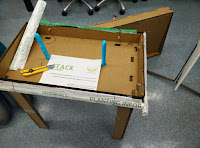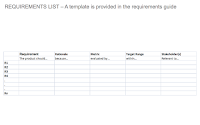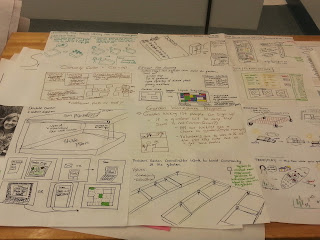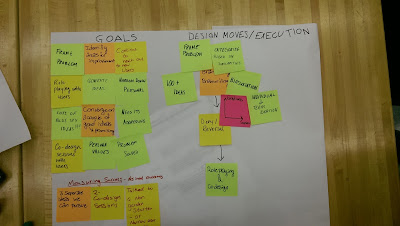"The goals of this phase are to develop, from the perspective of experience and interaction design, one to two of your promising conceptual directions into more-detailed proposals for products or services that could significantly better the lives of your users and to do so in a way that effectively captures and communicates your extensive thinking through product or service representations." Phase 3 is the third and final portion of UOCD: in this phase, designers are asked to pursue and fully develop one of the project ideas generated through more co-design sessions, table of requirements, while also specifying and building the final product. The team is expected to fully utilize interaction maps, representations of people and products in the product poster along with models and prototypes of the product.



